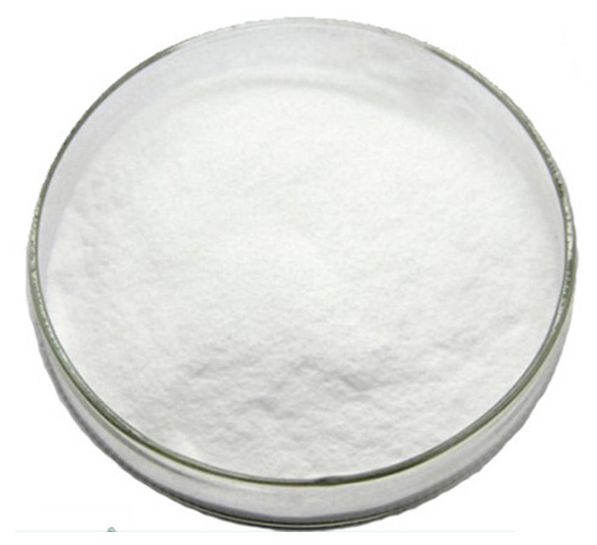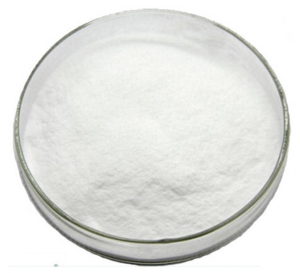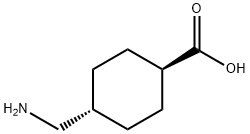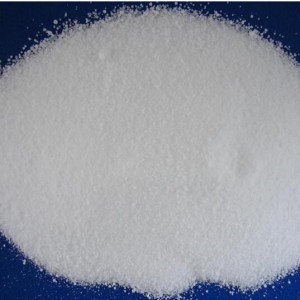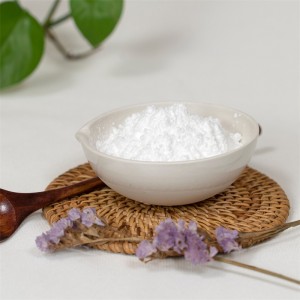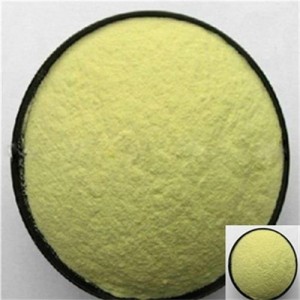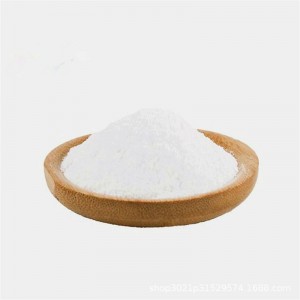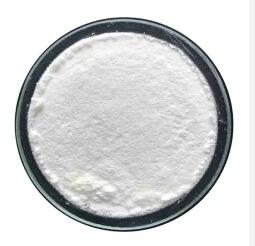| Basic Information | |
| Product name | Tranexamic Acid |
| Grade | Cosmetic Grade |
| Appearance | White or almost white, crystalline powder |
| Assay | 99% |
| Shelf life | 2 years |
| Packing | 25kg/drum |
| Chemical Properties | It is freely soluble in water and in glacial acetic acid and is very slightly soluble in ethanol and practically insoluble in ether |
Description
Tranexamic acid, also known as tranexamic acid, coagulation acid, or hemostatic acid, with the chemical name trans-4-aminomethylcyclohexane carboxylic acid, is an organic compound with the chemical formula C8H15NO2, mainly used as a hemostatic drug.
This product is a white crystalline powder with no odor.
Easy to dissolve in water, almost insoluble in ethanol, acetone, chloroform or ether.
Indications
Various bleedings caused by acute or chronic, localized or systemic primary hyperfibrinolysis; secondary hyperfibrinolytic state caused by disseminated intravascular coagulation. Generally do not use this product before heparinization.
Trauma or surgical bleeding in tissue and organs with abundant plasminogen activators such as prostate, urethra, lung, brain, uterus, adrenal glands, and thyroid.
An antagonist of tissue plasminogen activator (t-PA), streptokinase, and urokinase.
Fibrinolytic hemorrhage caused by artificial abortion, early placental detachment, stillbirth and amniotic fluid embolism; and increased menorrhagia caused by pathological intrauterine fibrinolysis.
Cerebral neuropathy mild bleeding, such as subarachnoid hemorrhage and intracranial aneurysm hemorrhage, the effect of Amstat in this condition is better than that of other anti-fibrinolytic agents. Special attention must be paid to the risk of cerebral edema or cerebral infarction.For severe patients with surgical indications, this product can only be used as an adjuvant drug.
For the treatment of hereditary angioneurotic edema, it can reduce the number and severity of episodes.
Used in patients with hemophilia for their active hemorrhage in combination with others drug.
Hemophilia patients with factor VIII or factor IX deficiency in their tooth extraction or oral surgery in case of operating bleeding.

